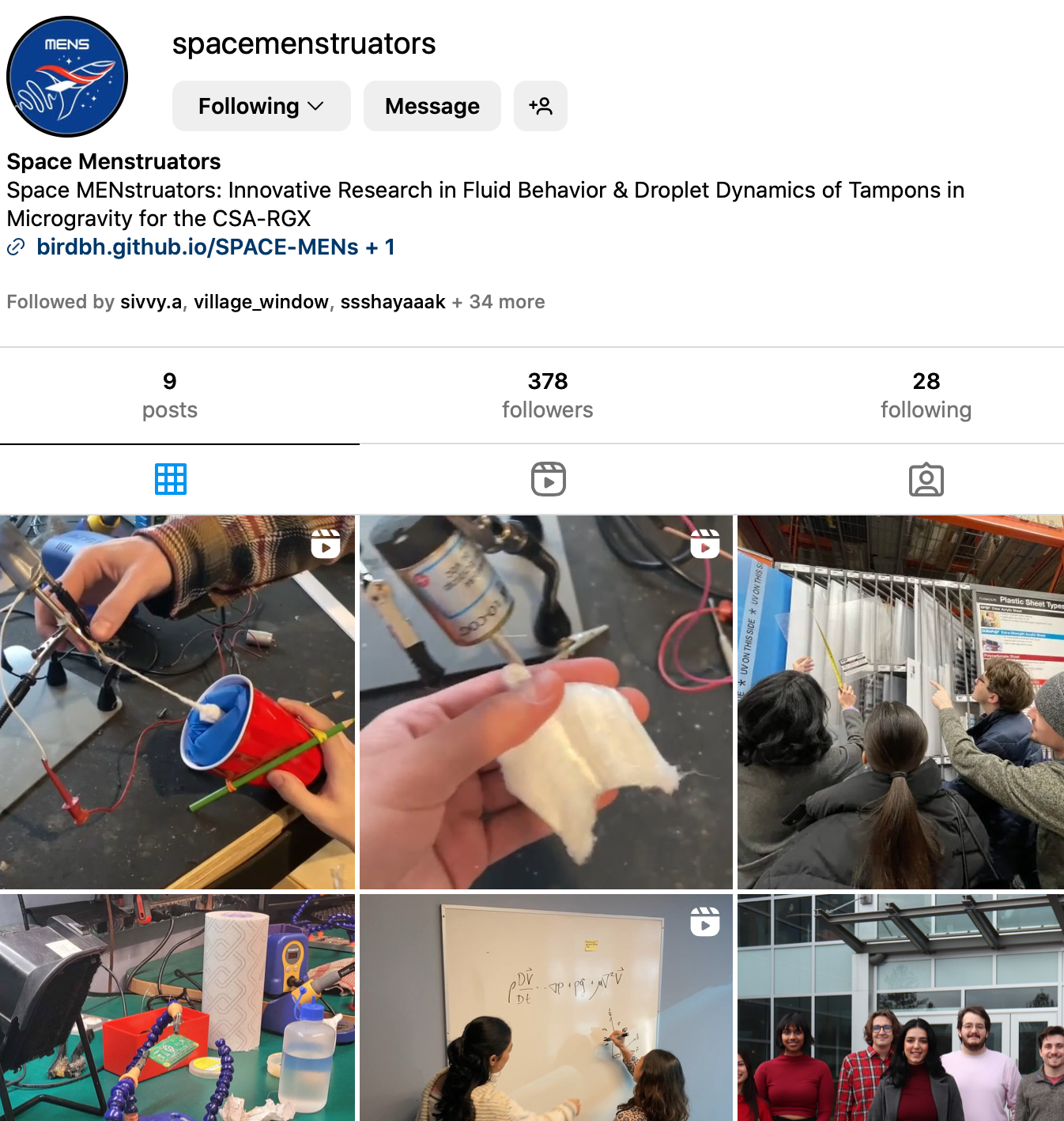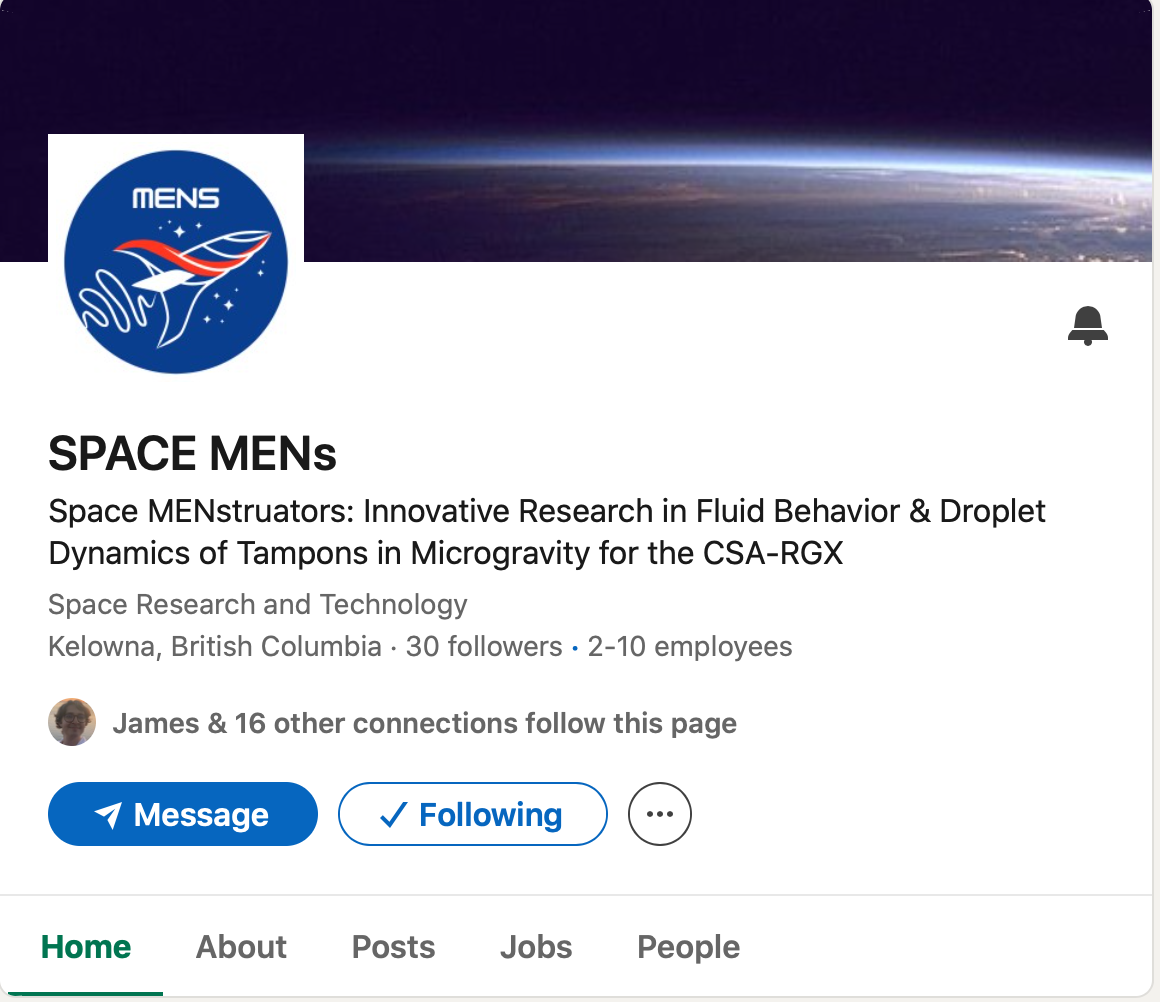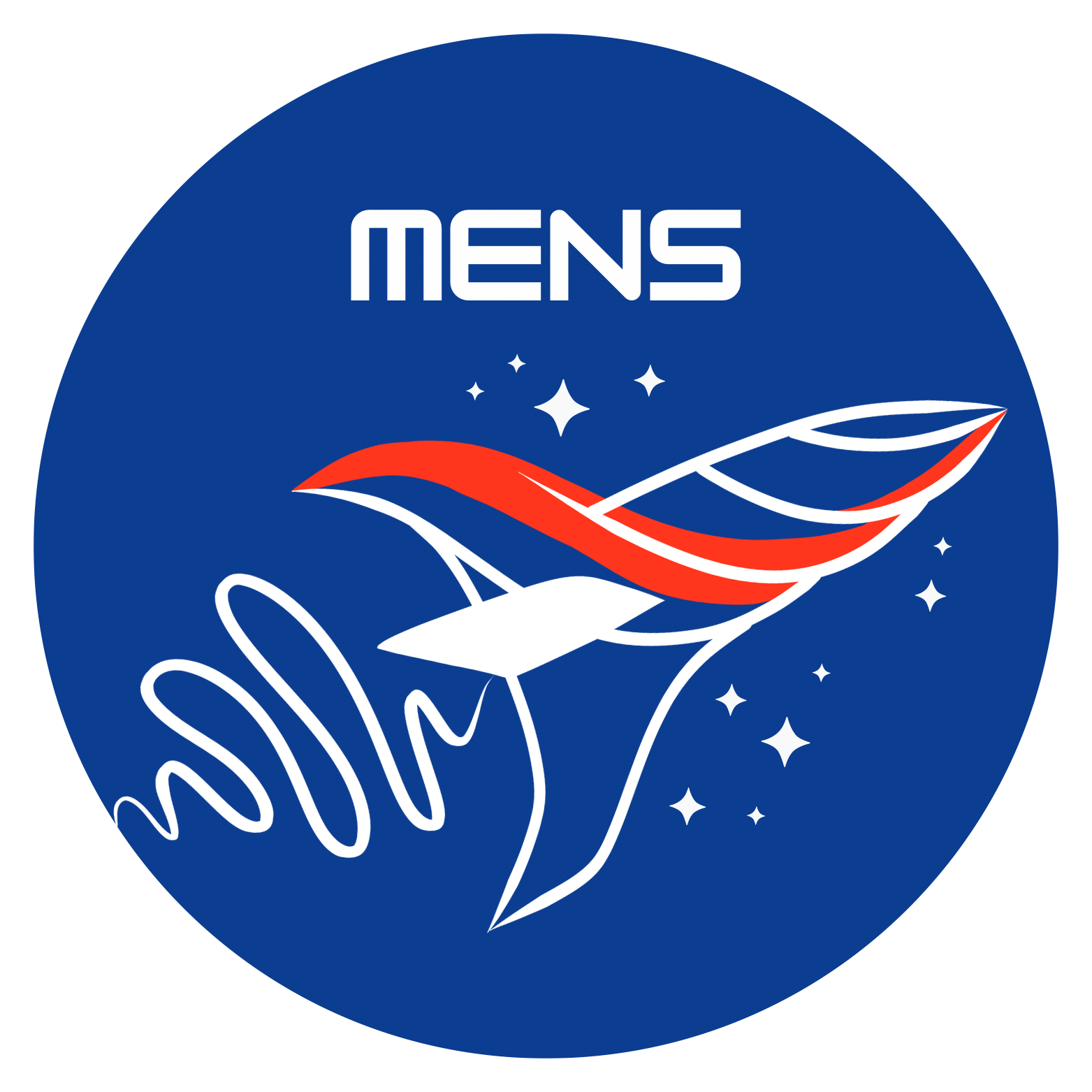
Space MENs: Droplet Dispersion Study
Role: Team Captain and Creator
September 2024 - Current
In Affiliation with:

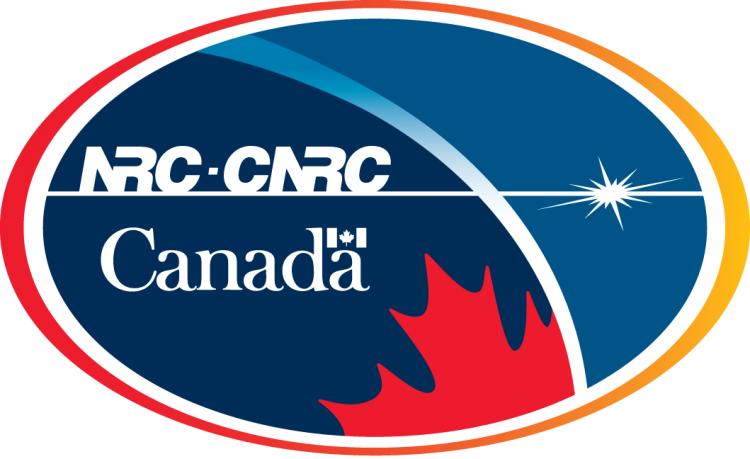


Summary:
The Space MENs project focuses on conducting a droplet dispersion study for menstruating astronauts in reduced gravity conditions. This project explores the challenges and solutions for managing menstrual hygiene in space, utilizing microgravity simulations to observe fluid dynamics during product removal.
By addressing hygiene-specific concerns for menstruating astronauts, this research contributes to making space exploration more inclusive and paves the way for future advancements in aerospace medicine and technology. We aim to produce the foundational research necessary to inform long-haul space missions with female astronauts, the handling and disposal procedures of used tampons, and information for the future redesign of space-mission specific menstrual products.
NASA's infamous misstep of asking astronaut Sally Ride if she needed 100 tampons for her 10-day flight represents the lack of research and inclusivity of women's health research, especially in a field as well-funded and prestigious as space-science. This project serves a double purpose to highlight the importance for equity, diversity, and inclusion in engineering practices.
My Role:
As the creator and Team Captain of Space MENs, I brought together a team of like-minded
individuals who were excited to contribute to inclusivity in women's health research.
Our team is currently comprised of seven undergraduate engineering and computer science students who I oversee and direct
to meet project deadlines. I serve both as project manager and technical lead, facilitating the completion of project milestones.
Technical Challenges:
The experiment will be fully automated and running inside of a Pelican case throughout the flight. It will consist of a saturated tampon being removed from synthetic models, with a high-frame-rate camera integrated on one end of
the pelican case to observe the entire experiment.
In order to meet the requirements for flight, the entire experiment must meet airsafety standards. Vibrational, electrical, and load testing will be conducted against the experiment apparatus to receive certification before flight.
Furthermore, due to the small window of microgravity available during a parabolic flight, (approximately 20 seconds), each trial of the experiment must be fully completed against this time frame. No changes of the apparatus can be done
throughout the hypo or hyper periods of gravity, under 2 g, inbetween parabolas.
Currently:
Space MENs has just been accepted in the eighth CAN-RGX campaign with the Canadian Space Agency, National Research Council, and SEDS Canada, after
completing a project proposal.
Our next milestone includes producing a Project Management Plan (PMP), preparing for our Preliminary Design Report (PDR), and procuring funding for travel expenses.
Gallery:
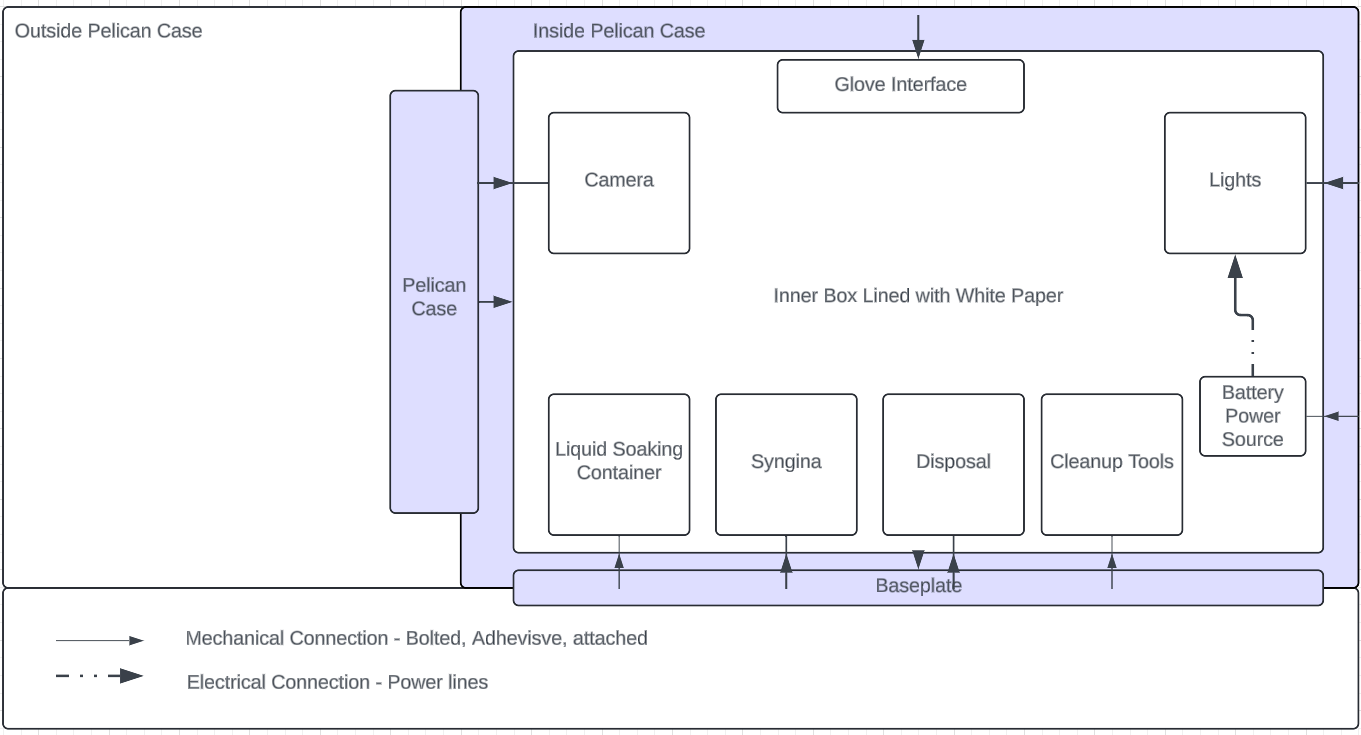
Our first design of the system architecture.
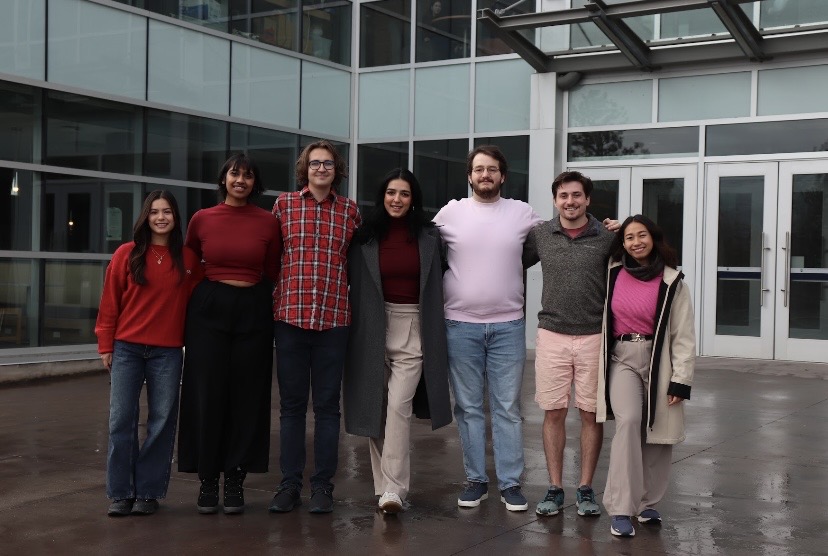
The Space MENs team!
Learn More:
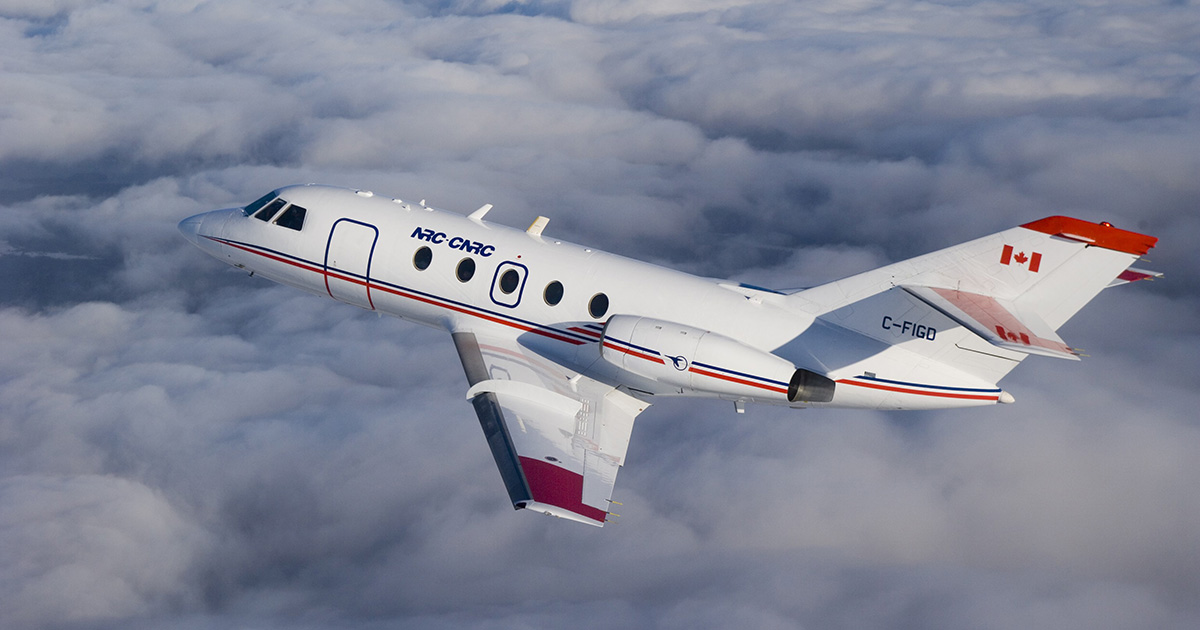
What is a Parabolic Flight?
Learn more about the science behind parabolic flights and their role in microgravity experiments.
Learn More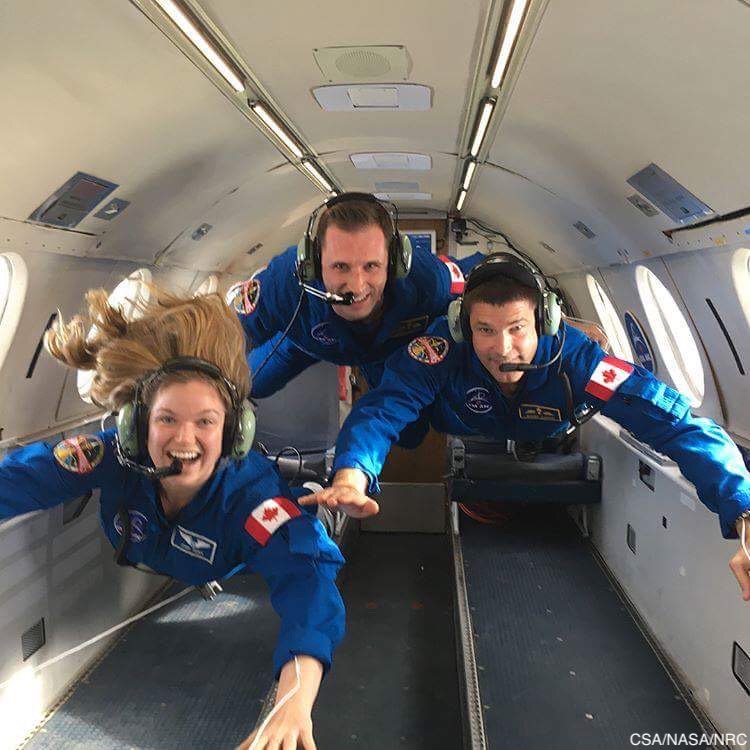
The CAN-RGX Competition
Discover details about the CAN-RGX competition and its contribution to aerospace research.
Learn More